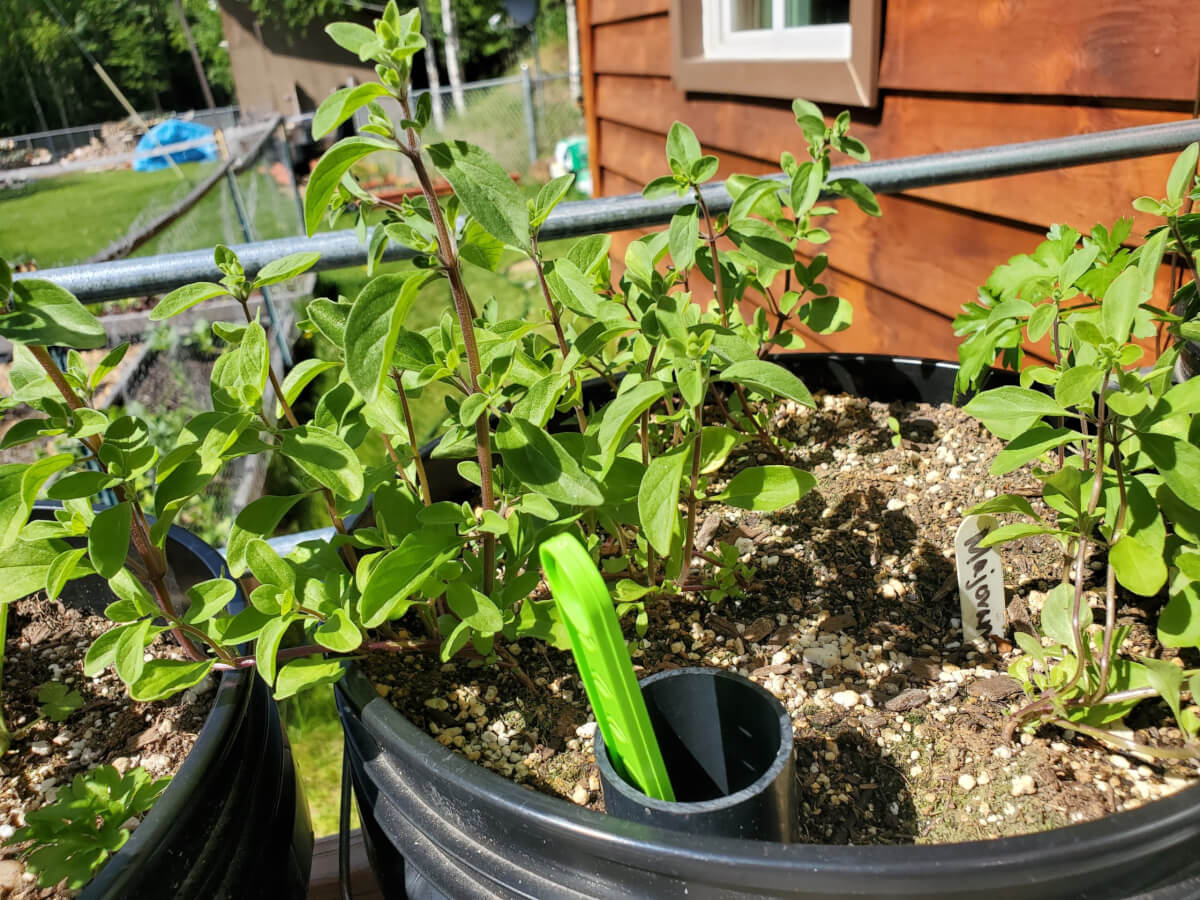We’re going to continue our topic of herbs today, but tie it into a northern phenomena that isn’t well discussed or even well understood. That topic is called photoperiodism. This term is essentially the scientific word used to describe a plant’s physiological response to extreme amounts of light, or in some cases darkness. Midnight sun, anyone?
We wrote an article about this topic ages ago. Sometime after I first observed the phenomena and well before I had truly “digested” the concept and could write about it from the perspective of understanding. Nonetheless, that post kept consistently getting search engine hits, since photoperiodism is kind of this obscure thing we can actually study in the north. Really, it can only be studied well in the north! So, I recently re-wrote it with all the research we’ve conducted so far! (Linked in the comments if you want to know more about this subject!)
Where I want to tie this back into herbs, though, is regarding our experience with two of the major herbs we like to grow. Oregano and marjoram. If you’ve grown these in the north, you’ve probably observed that they start to flower almost immediately after placing them in the garden. It’s super frustrating, especially if you’re hoping for a bountiful harvest of these herbs!
As it turns out, these herbs are what we’d describe as “triggered” by photoperiodism. Meaning, these plants use the amount of daylight they receive to assess when it’s their time to flower. Since we have such vast periods of daylight when we put in our gardens, these plants literally think it’s the peak of summer by the time they get in the ground! This causes the plants to start producing flowering proteins, which in turn causes them to flower much earlier than expected and desired!
If you’re growing in the north, there’s no way to get around this. The way we counter it is to grow more of these kinds of plants and harvest them at a rather young age. We will often double or quadruple the number of marjoram or oregano plants we grow, anticipating we’ll get a fairly immature harvest.
Fortunately, the overwhelming majority of garden grown plants are considered day neutral. Meaning, daylight (or darkness) doesn’t affect their flowering processes. There are other “triggers” such as heat, but we’ll save that one for another day. (Like, perhaps, when it’s not 4 degrees outside.)



Thank you for a good article. Is this why you didn’t include seed planting dates for oregano and marjoram in the “Interior Alaska Planting Schedule” for zone 2A through 4B? Can you estimate a date?
Thank you, enjoy the articles.
Kenai Peninsula
Hi Joe! Thanks! We do include both oregano and marjoram in the schedule, both are 6-7 weeks prior to last frost. As a rule of thumb, almost all herbs can be sowed in that same time frame. The only general exceptions are mint (10 weeks) and basil/dill (5-6 weeks). We’ve tried earlier and later sowings on oregano and marjoram, the photoperiodism gets them every time! As a result, our general advice is to sow more plants to get a larger harvest, should that be your desire. Thanks for your kind comment!